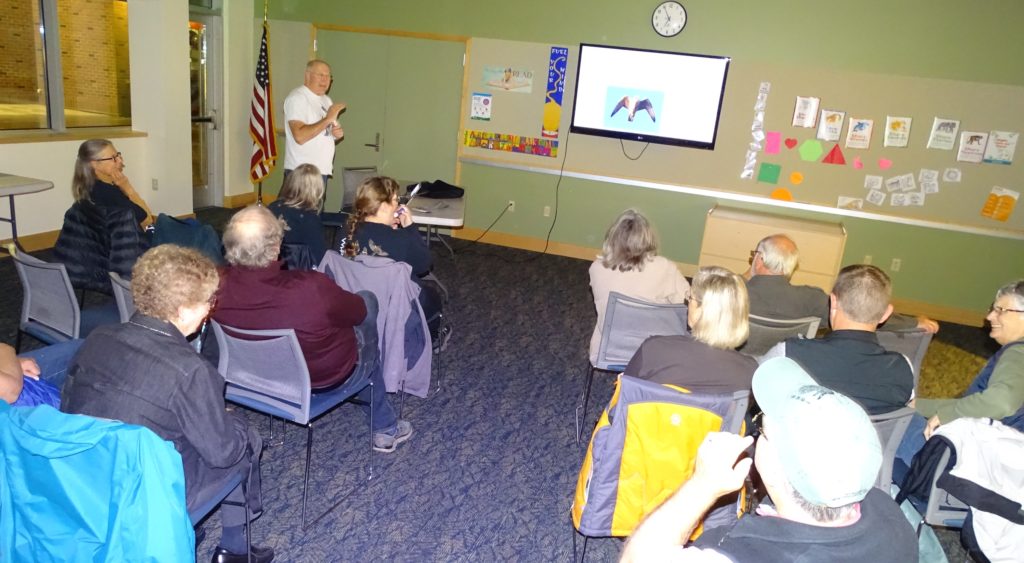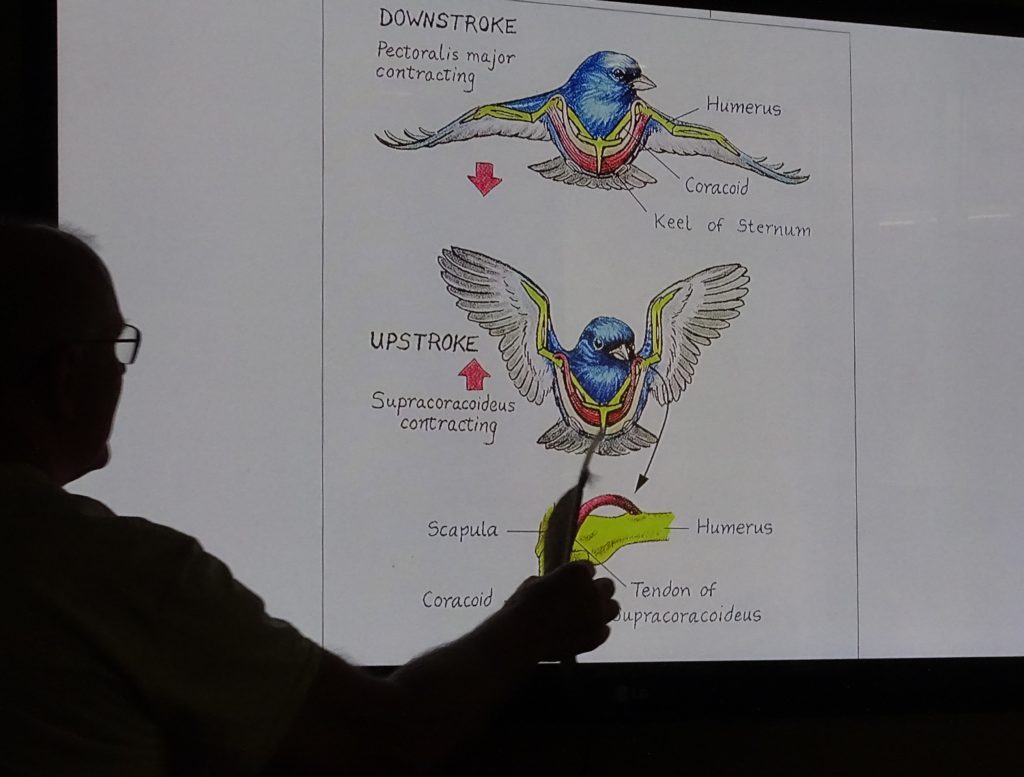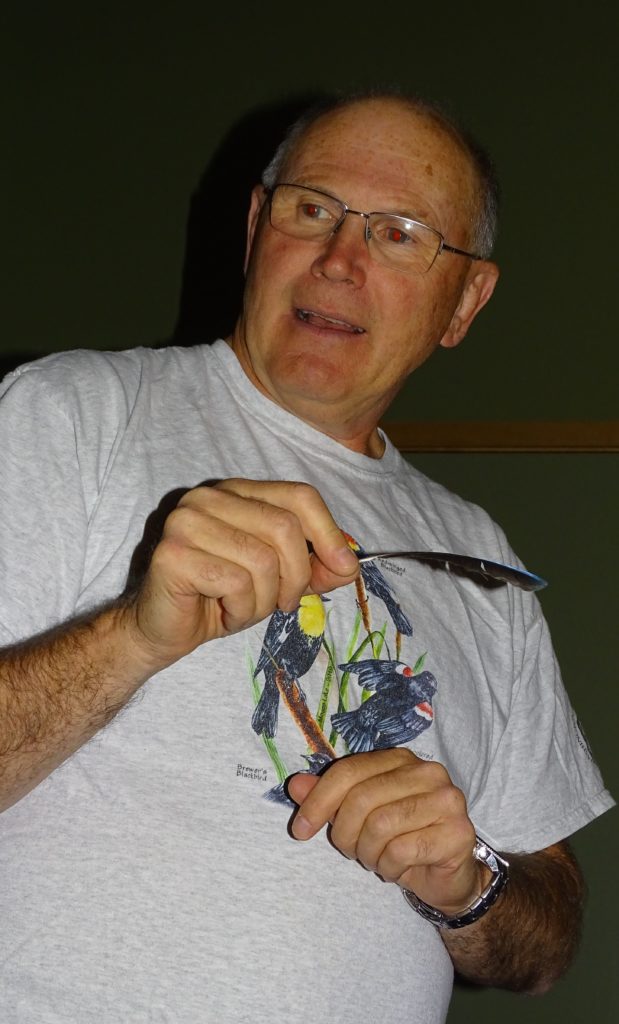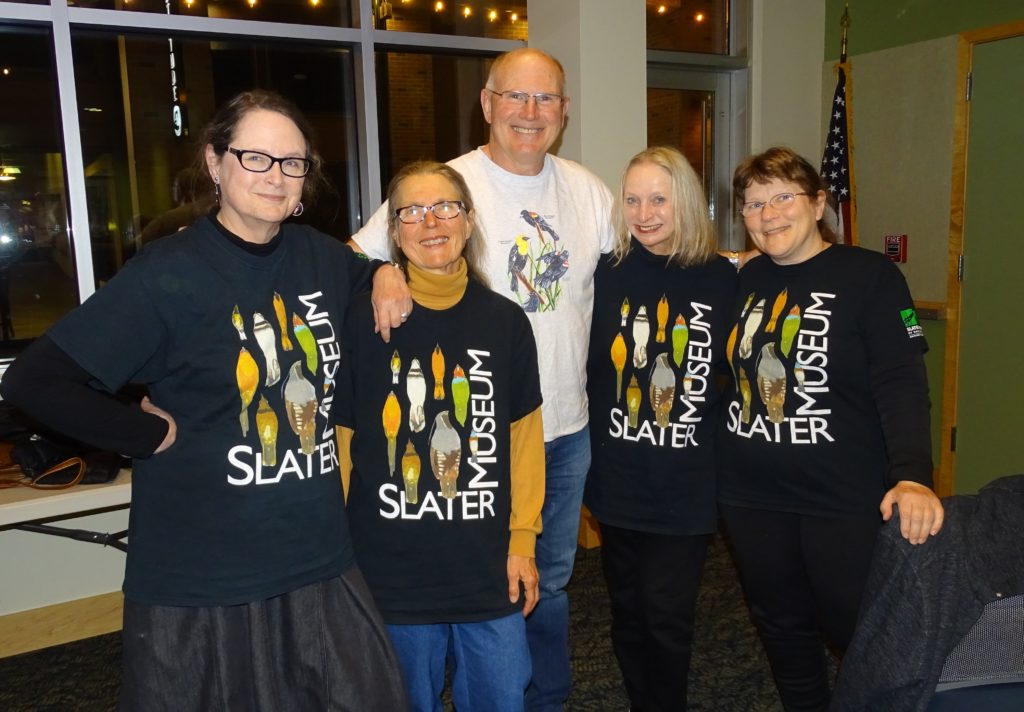On October 20th, Adam and I went north to the known crow roost at UW-Bothell (see last year’s report: http://abcbirding.com/harrowing-halloween-happening/). This is absolutely the best way get your haunted house fix, because this is REAL!

It was every bit as frightening and exciting as last year, with the addition of rain this time! Didn’t stop the crows! And they didn’t come any earlier than expected, either. Since we got there early (an hour before sundown time of 6:11 PM), it seemed like nothing was happening, but as we despaired, they started flowing toward us. Just before sunset, the flow was huge, coming from the northwest, and we were surrounded. Upon arrival, they circled us, looking for a personal spot. The surrounding trees and pavement of the parking terrace were already covered. The noise was deafening and sinister and would make a good soundtrack for a horror film. Crows are technically songbirds, but this music was strictly from the percussion section of the band.

They somehow reminded me of Vaux’s Swifts coming in to roost, a little less organized, but arriving in a steady one-directional stream headed straight for us! Then groups of about a hundred each would swirl a bit, parting before us in clockwise and counterclockwise tribututaries before finding a tree or building to claim. Like the swifts, they didn’t seem to have a particular leader, but instead chased those they wanted to harass, which were many!

The top of the parking garage where this was happening is surrounded on 2 sides by a wetland park, and the campus itself has many trees. But at that moment, the center of universe was right where we were standing. Rather than feeling like gods, though, we felt more like we were in the witch’s boiling cauldron. About 20 minutes after sundown when we were really starting to wonder what their plans were for us, everything abruptly stopped! Frozen in place, the crows just halted where they were and became silent and still. Darkness descended, but the crows who were on the parking pavement with us just stood there in the rain like statues. The surrounding trees all had crow-like ornaments on their branches, now faint black outlines in the drizzling night. This was at 6:35 PM, about 25 minutes past sunset. We realized there were at least 3 other carloads of onlookers as we left, so we’re not the only ones who appreciated the free show.
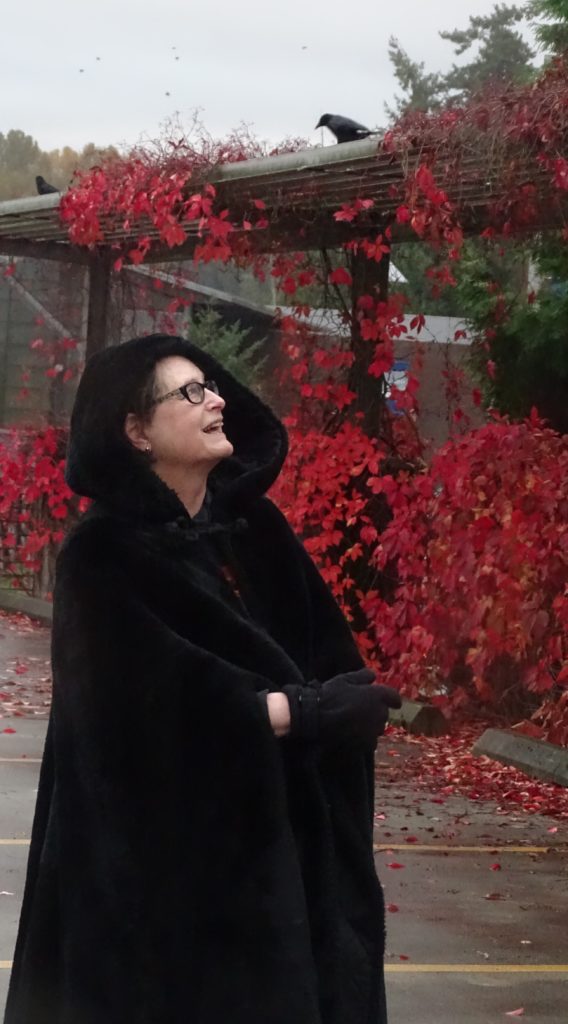

We had to travel to Bothell to find this fantastic roost, but really we were glad we didn’t live in a roost. It’s just for Halloween for us.
Check out more of our photos and videos at: https://tinyurl.com/y2abyq6t

